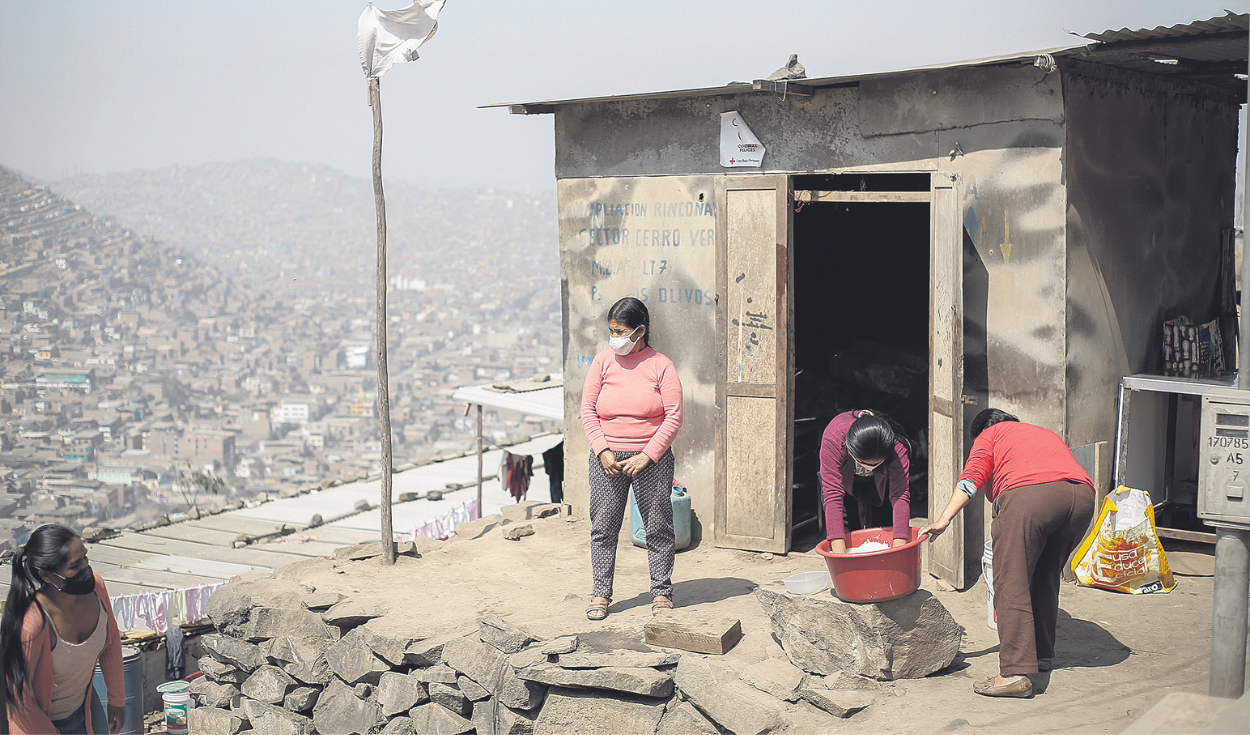
Inevitably, Peru is approaching its weakest GDP variation in the last twenty years—not counting the pandemic—considering that yesterday the World Bank lowered its growth expectation for 2023: 0.8% (in 2001 , the rate was 0.6%).
The reason behind the economic slowdown is the political instability seen in the last year, according to William Maloney, chief economist of the WB for Latin America and the Caribbean; as well as the threats of the El Niño phenomenon that have put fiscal policies on the limit.
The World Bank told La República that the most important challenges that the country must face are improving the quality of public services, governance and a solid business environment, since Political stability is essential for growth higher and more inclusive in order to reduce poverty and inequality. Furthermore, by 2024 and 2025, they expect GDP to reach rates of 2.3%.
Poverty returns to pandemic level
The economic slowdown by 2023 will keep 30.5% of Peruvians with incomes below the poverty line—set at US$6.85 per person per day, for the World Bank—. By 2024 it will be 30%.
The World Bank’s reading coincides with that of specialists such as Federico Arnillas, who on previous occasions mentioned to this newspaper that monetary poverty would even reach more than a third of the population, similar to what 2020 left with the outbreak of the coronavirus.
In the opinion of Carlos Felipe Jaramillo, WB vice president for the region, this part of the world has proven to be resilient to various external shocks after COVID-19, but unfortunately it is pigeonholed into anemic growth.
“Digital solutions can be part of the answer, as they help complement structural reforms to increase productivity, improve service delivery for the population and support Government efficiency. Here we see great opportunities for the region,” he mentioned in the presentation of the report Connected: digital technologies for inclusion and growth.
The X-ray of the Latin American home reflects citizens with salaries that are recovering at a snail’s pace compared to their levels in 2019, a middle class that is still lethargic and with a main role of remittances for households in poverty. Although at the regional level remittances totaled US$146,000 million at the end of 2022, in Peru they counted US$3,700 million. Even below Haiti.
A complicated outlook for investment
Maloney assured that, in recent months, Latin America It is prey to poor long-term performance in capital investment and productivity, for which reforms are urgently needed that will require social consensus to materialize. Otherwise, levels of employmentbut with lower salaries.
Business productivity has been affected by the increase in capital costs—following the rise in interest rates at central banks—so corporations have preferred to substitute capital for labor.
The word
William Maloney, chief economist for Latam and the Caribbean at the WB
“There is the political uncertainty that characterized the country last year and, of course, also El Niño that causes problems; and with narrow fiscal policies growth has slowed”.
Figures
- 30.5% of Peruvians will be in monetary poverty.
- 0.6% grew in 2001. The 0.8% of the WB is its weakest variation (without looking at 2020).
- Latin America’s GDP will grow by 2.0%. The WB revised its forecast upwards.
Source: Larepublica
Alia is a professional author and journalist, working at 247 news agency. She writes on various topics from economy news to general interest pieces, providing readers with relevant and informative content. With years of experience, she brings a unique perspective and in-depth analysis to her work.












